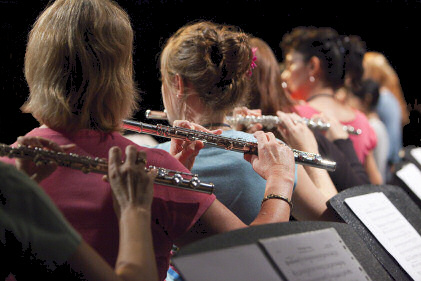Whether you are starting out in teaching, in charge of your first flute choir, or you are a veteran and have run many ensembles, choosing music for that all-important first rehearsal is a daunting task at any level – hit the ground running with these easy books for flute choir.
Picking one or two pieces that will be sure to work will give the group the easiest route to success. Underestimating the standard isn’t usually a problem, depending on the dynamic of the group. Often, the standard can vary substantially between those who are almost ready for the first exam and those who can just about produce a note, and fortunately there are books designed just for such a scenario.
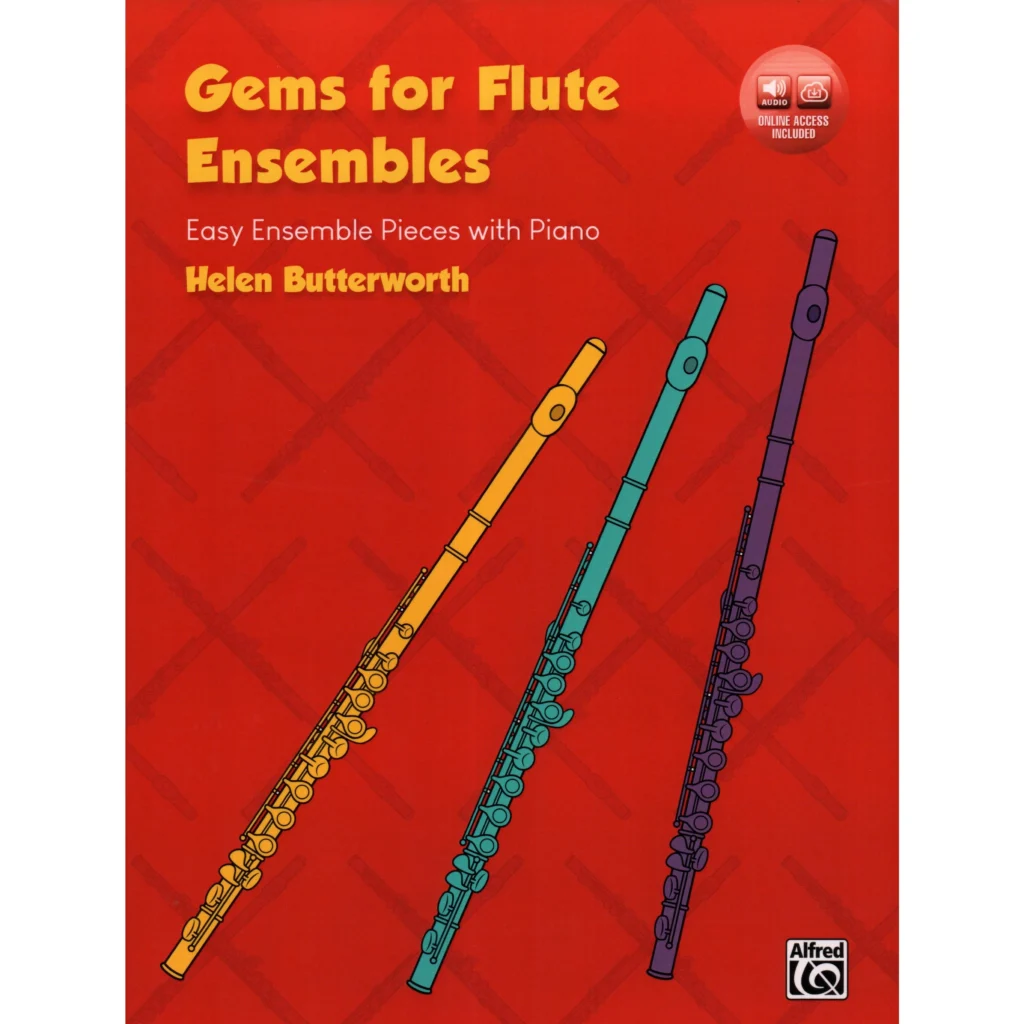
Gems for Flute Ensembles by Helen Butterworth
This gem of a book is invaluable in this situation as the eight original little pieces are just right for starting off an inexperienced group. The keys and rhythms are mostly eas,y and there are duets, trios and a larger group piece included. The most important element is the accompaniment, which will hold everyone together and allow those less able to feel that they have made a contribution. Don’t worry if you aren’t a pianist as the CD includes the piano part, as well as complete performances of each piece. Some of the pieces have a very easy or optional part, some can be played as a round and some are more difficult. You can also photocopy the parts. Perfect!
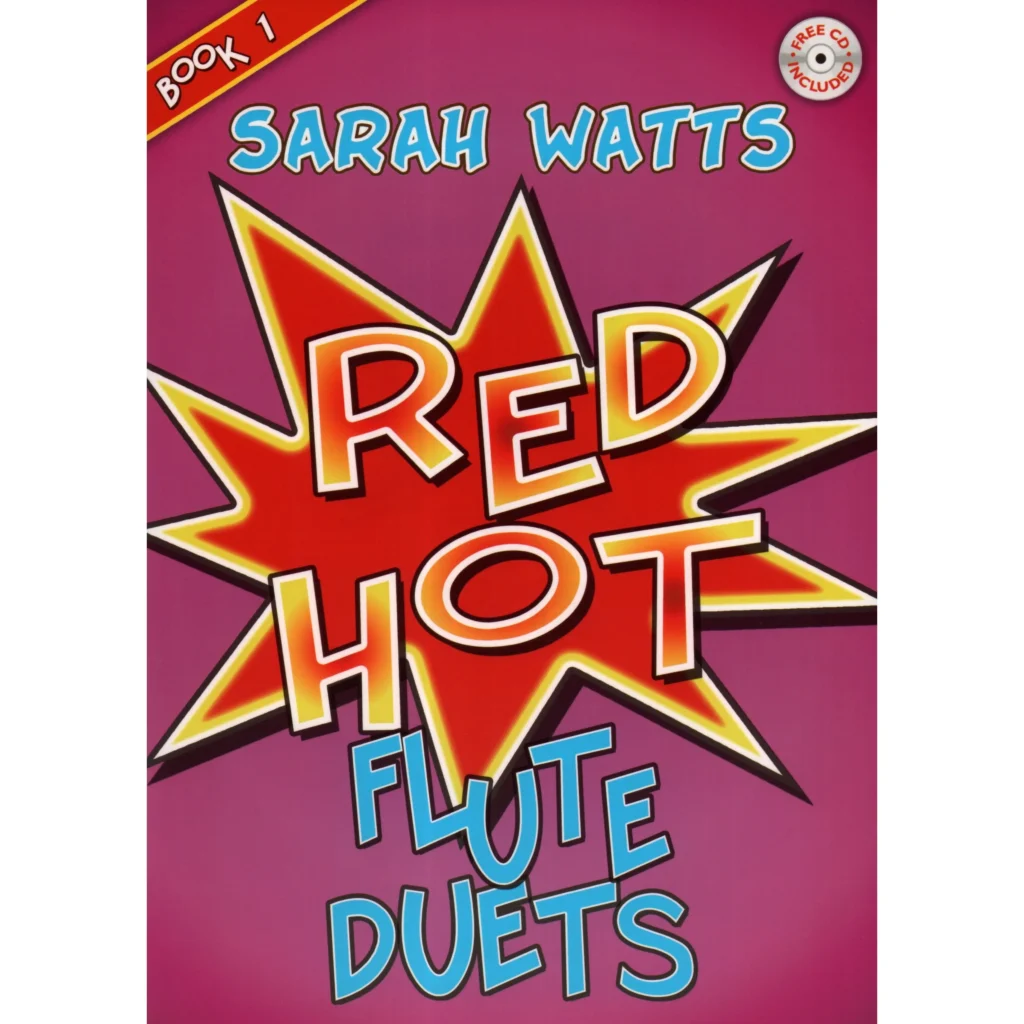
Red Hot Flute Duets Book 1 by Sarah Watts
There may be an occasion when you feel that simply doubling up two flute parts might just be easier. These great little pieces are perfect for the inexperienced and the popular jazz style is sure to motivate! Sarah Watts is great at using the accompaniment to make the simple flute parts sound more interesting and, as with all her books, a CD is included to make this easier. There are two speeds for each track which is invaluable! The first three numbers are written with the flutes in unison rhythm before Head in the Clouds introduces a small amount of independence. The highest note used is first octave D which results in the second part being quite low so often the first part is a little easier to manage in the initial stages. You could double up these parts indefinitely and the music would come to no harm at all.
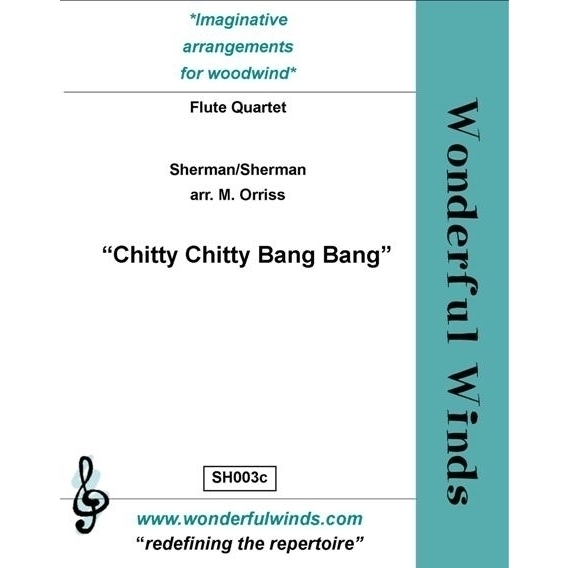
Chitty Chitty Bang Bang arranged for Four Flutes by Mel Orriss
Sometimes the best way to inspire a group is to use music that everyone will know, even if it is slightly too difficult for some. Starting with a popular tune that everyone will love gets everyone engaged immediately and they don’t come much more popular than Chitty Chitty Bang Bang! The arrangement has to be good though, and you wouldn’t expect to find anything less from Mel Orriss. The lowest part is cleverly pitched for a novice with a winning combination of easy rhythms, a small note range and an imaginative use of percussion instruments. I’m sure you could use anything that comes to hand here if you can’t find the right ones in the cupboard. There’s interest in the other parts too and you’ll probably find your grade eights wanting to join in! A sure-fire crowd pleaser – parents will be overjoyed to hear this at a concert!
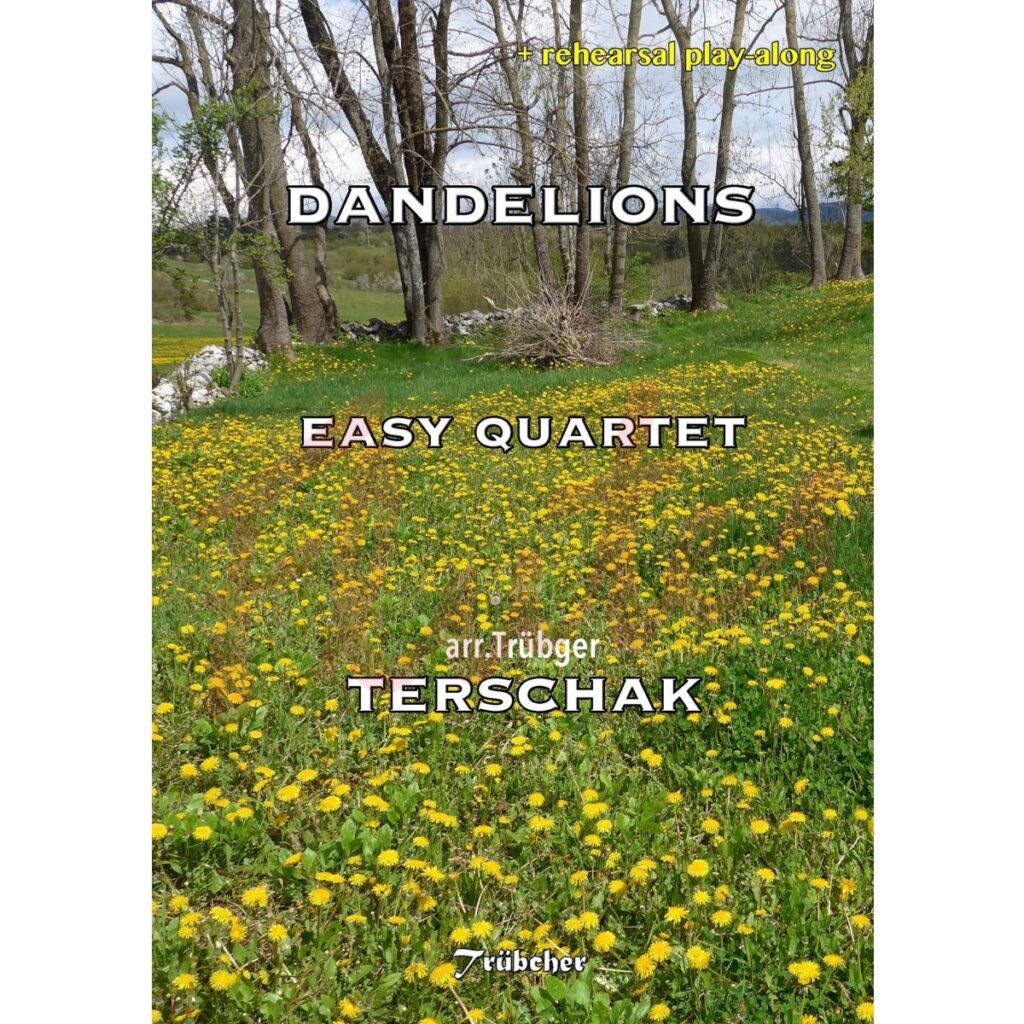
Dandelions by Adolf Terschak for Four Flutes arranged by Roz Trubcher
Another approach would be to chose a lovely but unfamiliar piece that is simple in both style and technical challenges,
Dandelions by Adolf Terschak ticks both boxes. Using only crotchets and quavers and a note range of low octave E to middle register A, Roz Trubcher has ensured that this has a style that is easy to work with. The most interesting aspect here is that the parts are all rhythmically independent, aside from the six syncopated bars where they all meet. This allows players to develop their ensemble skills through counting and gives them the chance to catch up if they fall behind. There are some note challenges too with C, G and D sharps appearing in the middle section. This is clearly a long term investment in terms of skill sets but also introduces everyone to the tuneful music of Terschak.
Running a flute ensemble is a great way to make music so I hope that you and your students enjoy these pieces.

